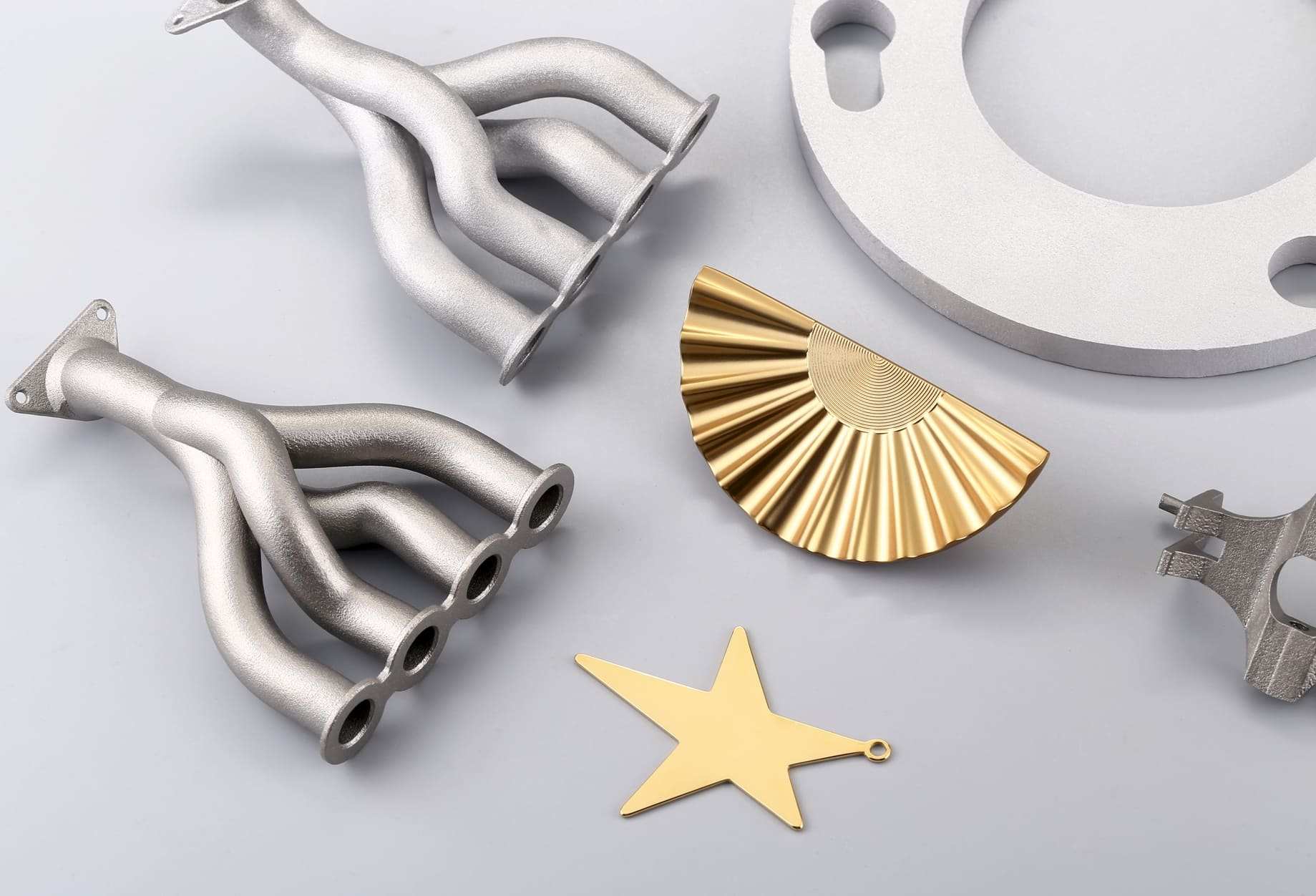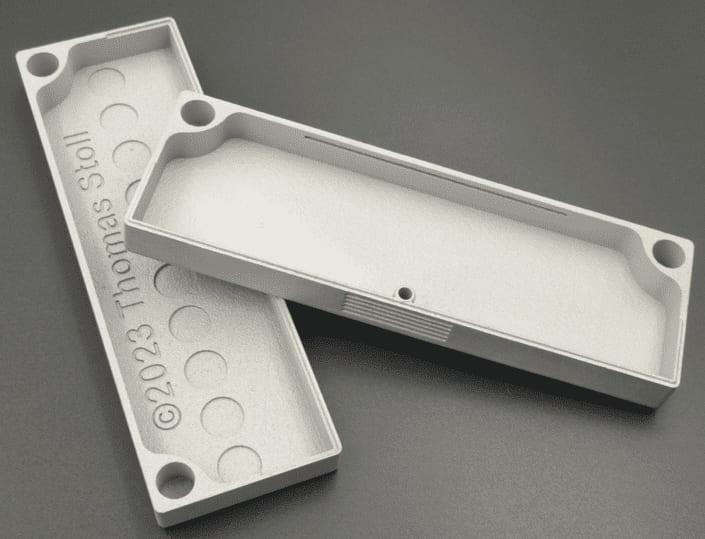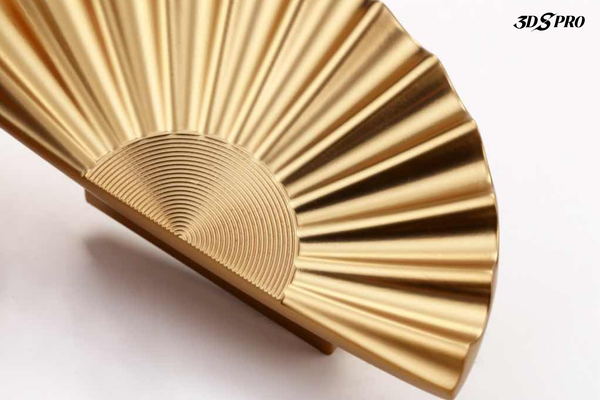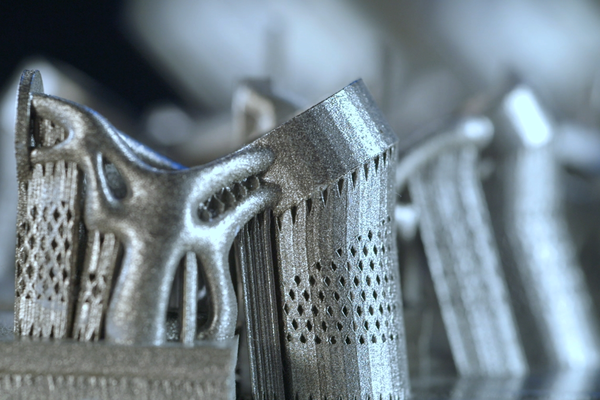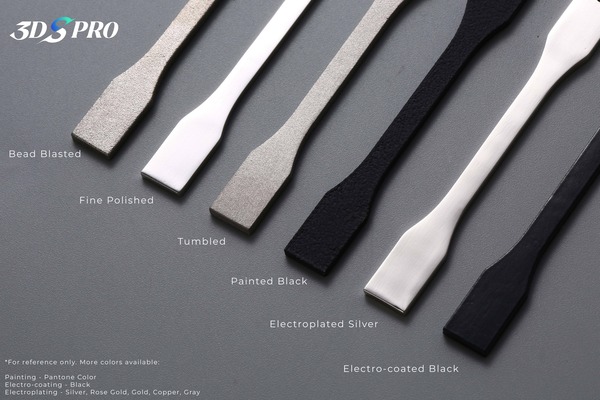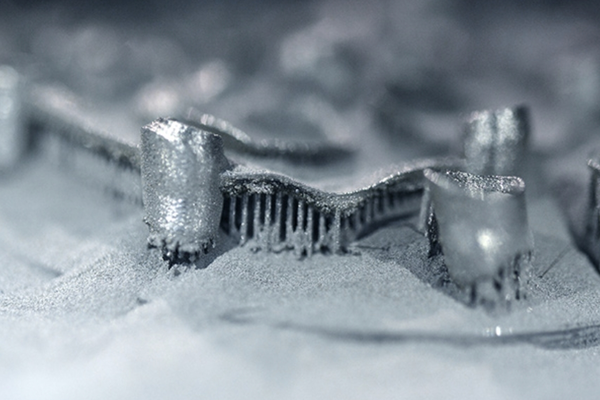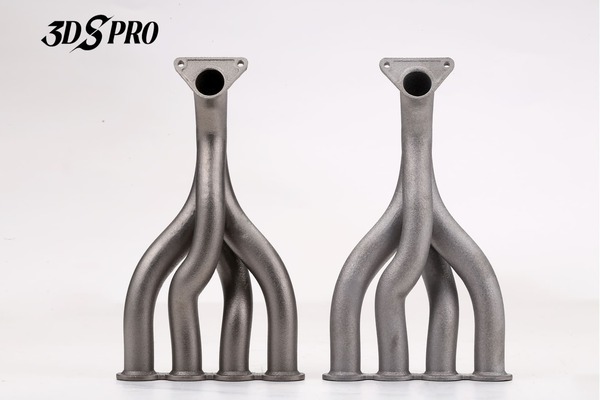3D printing precious metals refers to the additive manufacturing of high‐value materials such as gold, silver, platinum, and related alloys to create complex, custom parts layer by layer. Its relevance has surged as designers and engineers seek bespoke geometries, reduced material waste, and cost‐effective small‐batch production. The history of metal additive manufacturing traces back to the 1980s, when Charles Hull filed the first stereolithography patent, leading to metal‐specific processes in the 1990s, such as Direct Metal Laser Sintering (DMLS) and Selective Laser Melting (SLM). While early applications concentrated on titanium and steel, dedicated systems emerged for precious metals in the 2000s that leveraged laser beam melting to process yellow and white gold powders. Today, harmonized machines, powders, and parameters deliver precision and repeatability essential for high‐value industries.
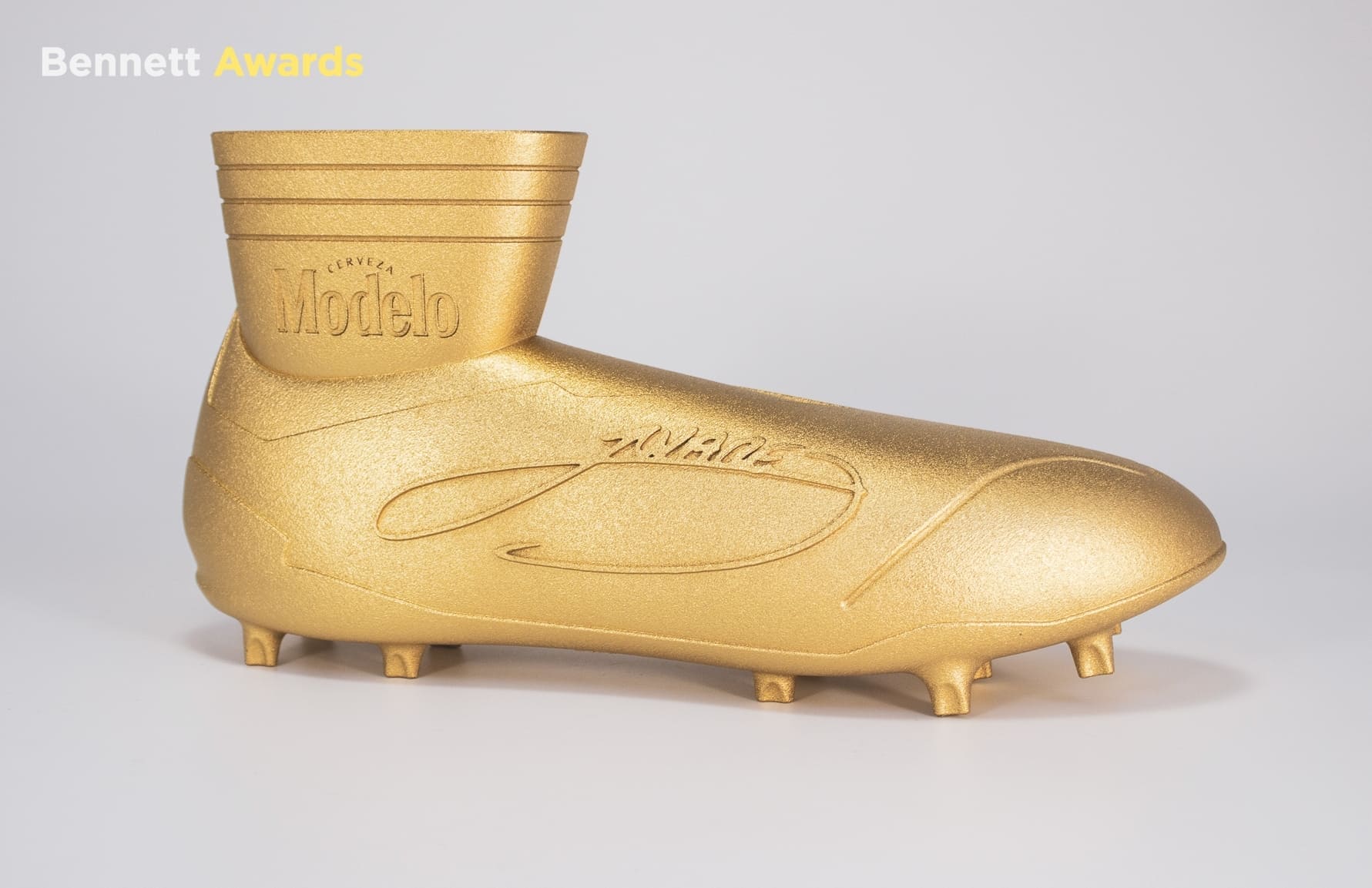
Additive Manufacturing Technologies for Precious Metals
• Direct Metal Laser Sintering (DMLS): Uses a laser to sinter metal powder, creating robust structures ideal for intricate jewelry and dental implants.
• Selective Laser Melting (SLM): Fully melts powder for dense, void-free parts, preferred for aerospace and medical tools.
• Binder Jetting: Binds layers with a liquid adhesive, enabling rapid production of complex geometries at lower costs—perfect for decorative items.
• Material Jetting: Deposits droplets of molten metal for ultra-high-resolution components, such as microelectronics.
*These technologies require precise control of temperature and inert gas environments to prevent oxidation, ensuring material integrity.
Precious Metals and Alloys
Silver, gold, platinum, and emerging alloys like ruthenium‐enhanced blends form the core materials for precious metal AM, chosen for their conductivity, corrosion resistance, and aesthetic qualities. Commonly printed metals include:
• Gold (18k, 24k): Prized for luster and corrosion resistance, often alloyed with copper or silver for durability in jewelry.
• Platinum: High melting point and hypoallergenic properties make it ideal for medical implants and luxury watches.
• Silver: Affordable and conductive, used in electronics and artistic sculptures.
• Palladium: Lightweight and stable, applied in automotive catalysts and aerospace.
*Alloys like white gold (gold + nickel/palladium) balance aesthetics and strength, while platinum-iridium alloys enhance hardness for industrial use.
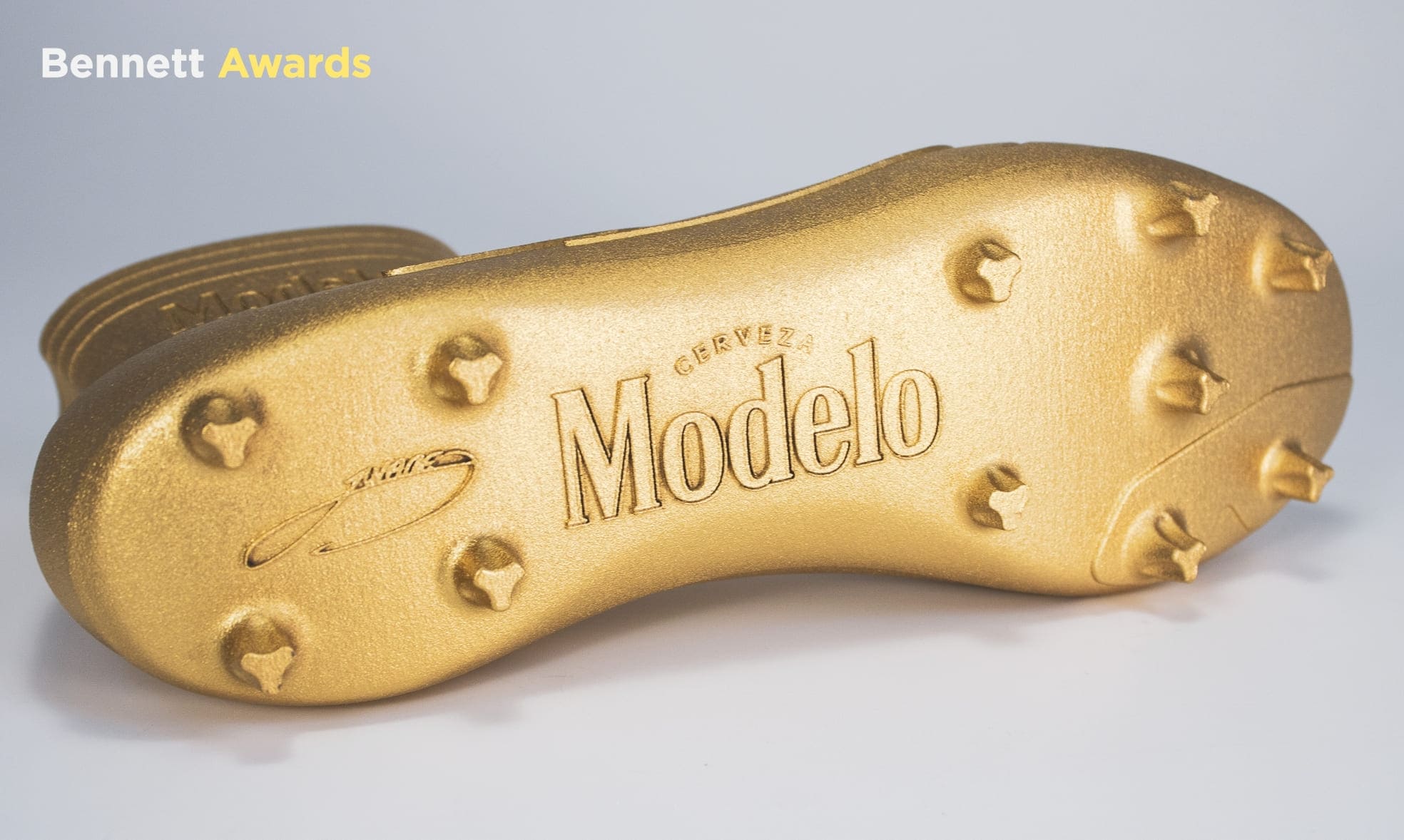
Design Considerations and Workflow
|
Phase |
Key Element |
Details |
Tools/Parameters |
|
Design |
Topology Optimization |
Software-driven lightweight structures with maximal strength |
nTopology, Altair Inspire |
|
Support Structures |
Temporary scaffolds for overhangs (removed post-print) |
Auto-generated in slicers (e.g., PrusaSlicer) |
|
|
Wall Thickness |
Balance between detail resolution and warping prevention |
Minimum 0.5mm for most precious metals |
|
|
Pre-Print |
CAD Design |
Create intricate 3D models |
Rhino, Fusion 360, MatrixGold (for jewelry) |
|
Simulation |
Test thermal stress/distortion |
ANSYS, SimScale |
|
|
Printing |
Parameter Selection |
Laser power: 50-400W (material-dependent), Layer thickness: 20-100μm |
EOS M 290, SLM Solutions machines |
|
Post-Processing |
Surface Finishing |
Polishing, annealing, electroplating (e.g., rhodium plating for white gold) |
Manual labor, ultrasonic cleaners |
Advantages and Challenges
Additive manufacturing enables unprecedented design freedom, allowing internal lattices, organic shapes, and integrated features that are impossible with casting or machining. However, equipment costs remain substantial: high‐precision laser systems and binder‑jet platforms with controlled atmospheres often exceed six‑figure price points.
Advantages:
1. Customization: Create one-of-a-kind jewelry or patient-specific medical implants.
2. Waste Reduction: AM uses up to 90% less material than traditional methods.
3. Complex Geometries: Produce lattice structures or hollow designs impossible with casting.
Challenges:
1. Cost: Precious metal powders and limited accessibility.
2. Technical Barriers: High melting points require energy-intensive processes.
3. Post-Processing: Labor-intensive finishing steps can offset time savings.
Applications
Jewelry & Watchmaking
Using DMLS and binder jetting, designers produce intricately hollow, interlinked rings, bespoke wedding bands, and watch cases with integrated scrollwork, reducing prototyping times from weeks to days. Platinum alloys qualified on binder‑jet platforms enable support‑free geometries and simplify post‑processing, allowing luxury brands to iterate new collections rapidly.
Aerospace & Automotive
SLM‑printed lattice heat exchangers and mounting brackets achieve up to 20% weight reduction while maintaining structural integrity, with companies scaling large‑part production for engine components. Powder‑bed fusion of platinum‑rhodium alloys enables corrosion‑resistant turbine parts and high‑temperature sensor housings for aerospace applications.
Dental & Medical
Biocompatible silver and platinum powders are 3D printed into crowns, bridges, and implant frameworks directly from digital scans, offering perfect anatomical fits and turnaround times of under 48 hours. SLM technology supports custom orthopedic implants (e.g., hip stems with porous surfaces for osseointegration), demonstrating improved patient outcomes and reduced surgery times.
Electronics & Sensors
Layered printing of high‑purity gold enables rapid prototyping of flexible circuit elements and RF devices, accelerating development cycles for wearable electronics.
Emerging Frontiers (Catalysis & Photonics)
The 3D-printed monolithic reactor made of palladium-platinum alloy achieves a 50% improvement in conversion efficiency in the methane reforming process due to its customized channel geometry and precise porosity control.












